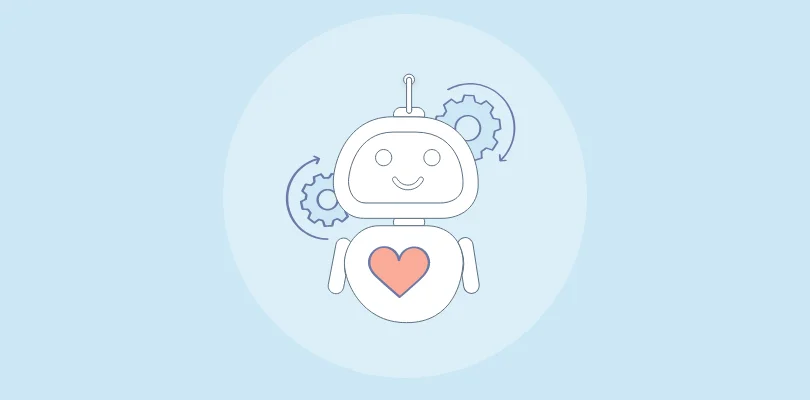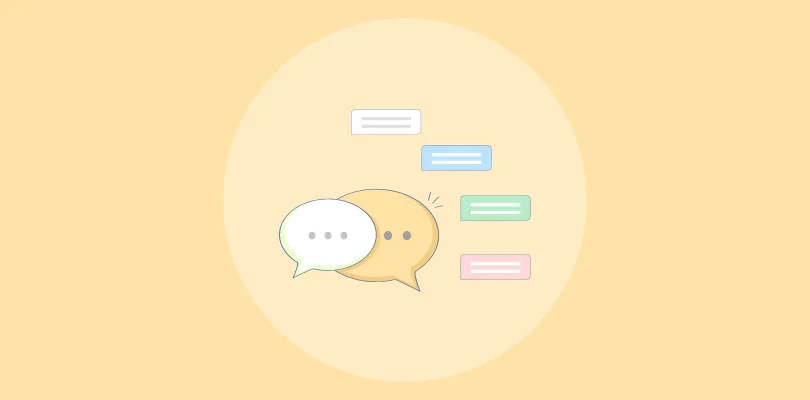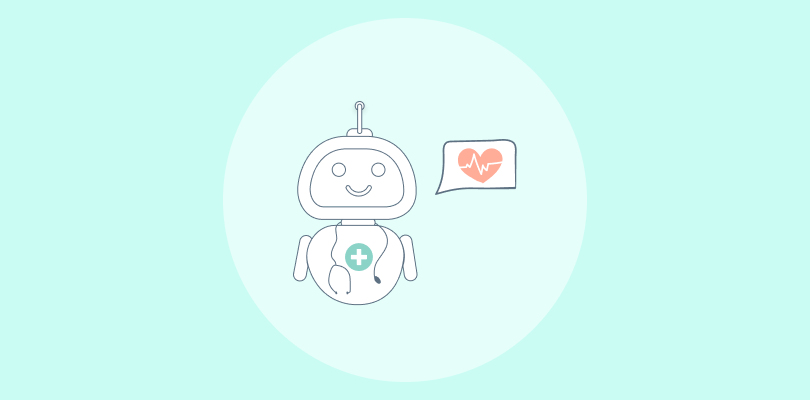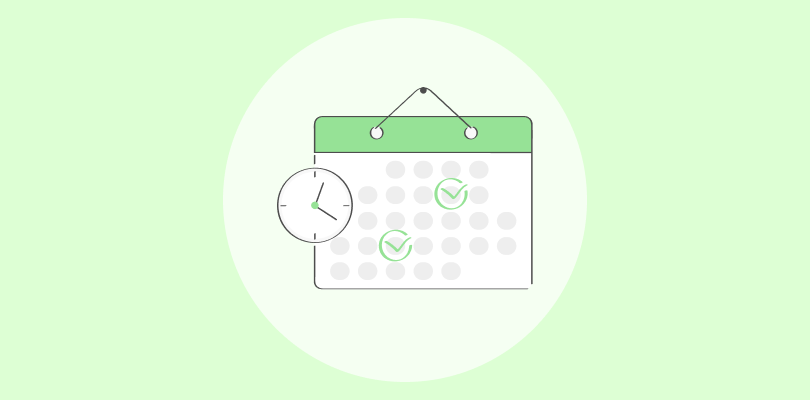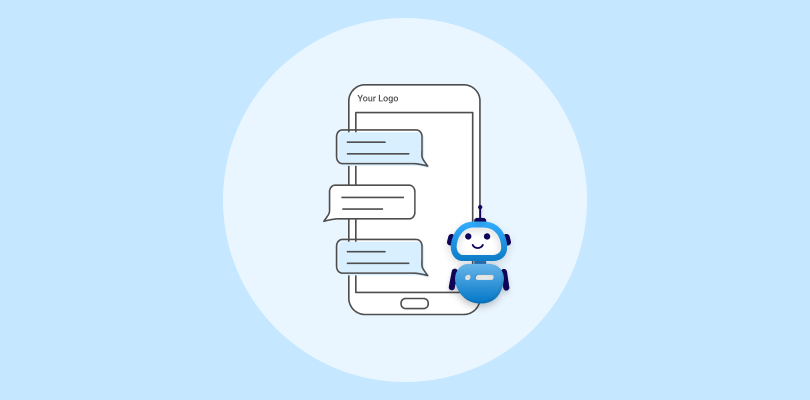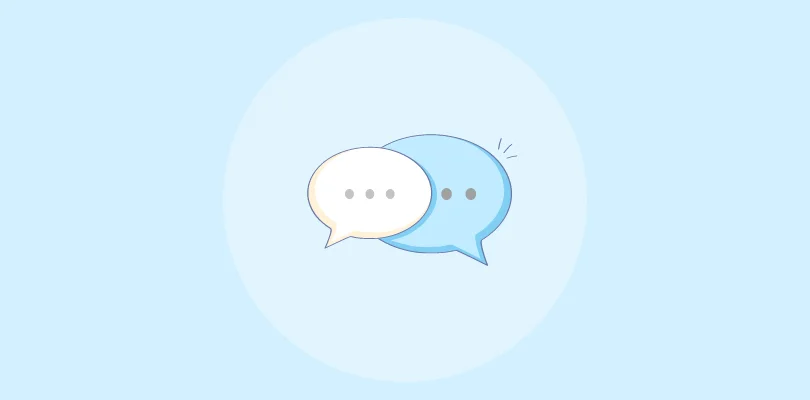After working with chatbots for half a decade, I’ve learned that even the most advanced AI can fall short if it doesn’t get what people are really saying. That’s where chatbot intents take the lead. They’re what help a bot move from just answering questions to actually understanding user goals and context.
When I built my first chatbot, it was decent but not smart enough. It replied, “Not understood.” Once I started defining clear intents, everything changed. The conversations felt smoother, more human, and far more helpful.
In this blog, I’ll break down what chatbot intents are, the different types that drive industries like eCommerce, healthcare, and SaaS, and how they reshape customer experiences.
Because when you get this right, your chatbot stops being a support tool and starts becoming a true extension of your business.
What Are Chatbot Intents?
Chatbot intents are essentially the goals or purposes behind what users say when they interact with a chatbot. In simple terms, they define why someone is messaging the bot — whether it’s to ask a question, make a request, or complete an action. For instance, when a customer types “What’s my order status?” the chatbot identifies the intent as checking order status and responds accordingly.
Every AI chatbot relies on a collection of these intents to interpret user messages accurately. By mapping out different ways people might phrase the same question, intents help the chatbot understand context and respond naturally.
In short, chatbot intents make conversations more meaningful and efficient. They’re what transform a chatbot from a basic responder into a smart assistant that understands user needs and delivers relevant answers instantly.
What Are the Most Common Types of Chatbot Intents?
When users interact with a chatbot, their messages can vary widely — some are looking for quick answers, others want to complete a task, and some just want a friendly chat. To manage these effectively, chatbots rely on different types of intents, each designed to interpret a specific user goal or behavior.
Here are some of the most common types of chatbot intents you’ll find:
1. Informational Intents
These intents focus on helping users find relevant information or clarify doubts. They’re most common in customer service and knowledge-sharing scenarios, where users seek accurate and straightforward answers. A well-trained chatbot can interpret such queries and respond instantly with precise details.
Example: “What are your business hours?” or “How does your pricing work?”
2. Transactional Intents
Transactional intents appear when users want to perform an action or complete a specific task. Recognizing these intents helps chatbots guide users through processes quickly, ensuring smooth and efficient transactions without needing manual support.
Example: “Book a demo with your team.” or “Cancel my subscription.”
3. Navigational Intents
Navigational intents are all about direction. They occur when users want to reach a particular section, page, or feature. A chatbot trained to recognize these intents can act as a virtual guide, helping users get exactly where they need to go.
Example: “Take me to the pricing page.” or “Show me your support center.”
4. Support Intents
These intents deal with user issues, complaints, or requests for help. When a chatbot identifies a support intent, it can offer troubleshooting steps, escalate complex cases, or connect users to live agents — improving response time and customer satisfaction.
Example: “I can’t log into my account.” or “My payment failed.”
5. Chit-Chat or Small Talk Intents
Chit-chat intents handle casual, human-like conversations that make chatbot interactions feel natural and engaging. While not business-critical, these intents play a vital role in creating a friendly tone and enhancing user experience.
Example: “Hey there!” or “Thank you, you’ve been helpful.”
What Benefits Does Chatbot Intent Classification Offer?
Chatbot intent classification is what makes chatbots truly smart. By understanding what users mean, not just what they say, businesses can automate conversations more accurately, improve support efficiency, and deliver faster responses.
Below are five major benefits that show how intent classification enhances both customer experience and business performance.
1. Improves Response Accuracy
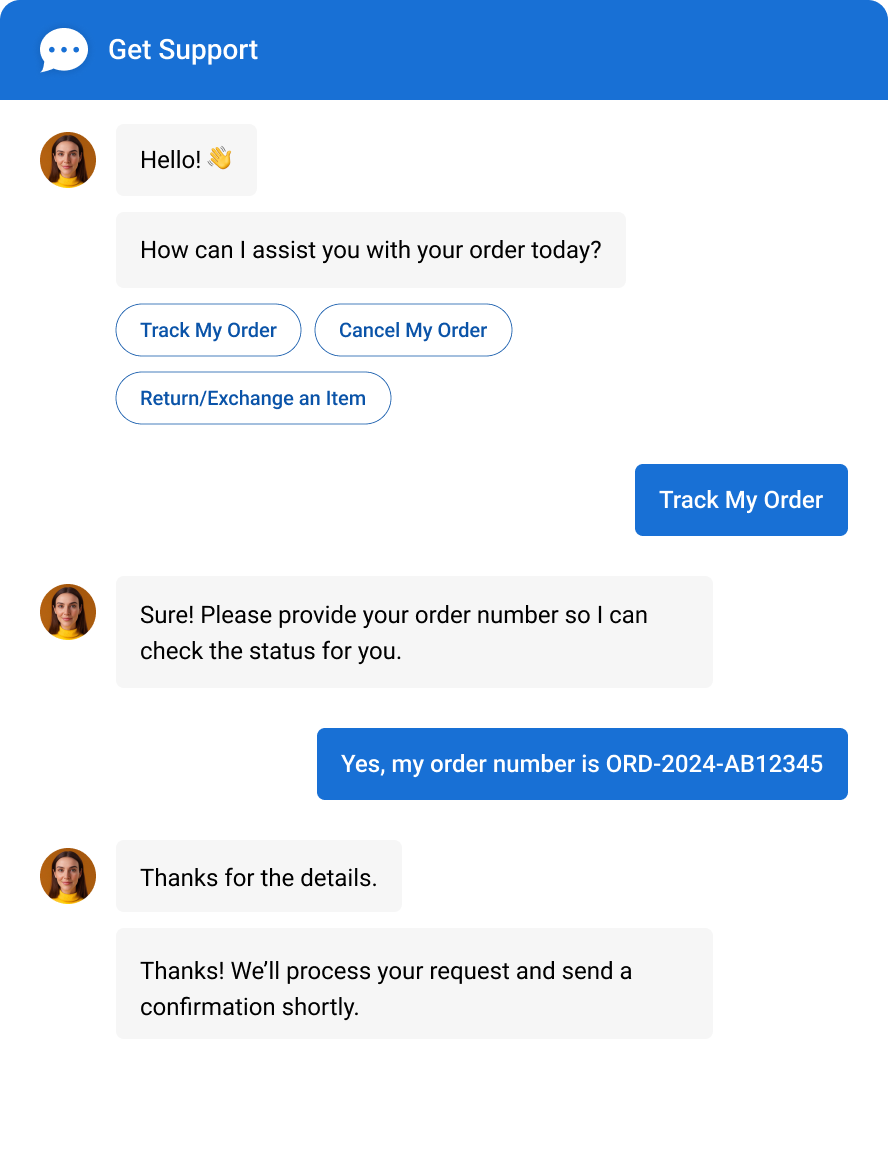
Intent classification helps chatbots interpret user queries with greater precision by understanding context rather than just relying on keywords. For example, a user types, “Track my order.”
An intent-based bot immediately recognizes this as an order tracking intent and responds, “Thanks, we will process your request and send confirmation shortly.”
This approach ensures that every response is timely, relevant, and accurate, reducing misunderstandings and creating a smoother customer experience
2. Enhances User Experience
When a chatbot understands intent, interactions become smoother and more natural. It can carry context across conversations, recognize tone, and respond appropriately.
This creates a human-like experience that builds trust and satisfaction. Users feel understood and valued, which increases engagement, retention, and the likelihood of returning for future interactions.
3. Reduces Support Workload
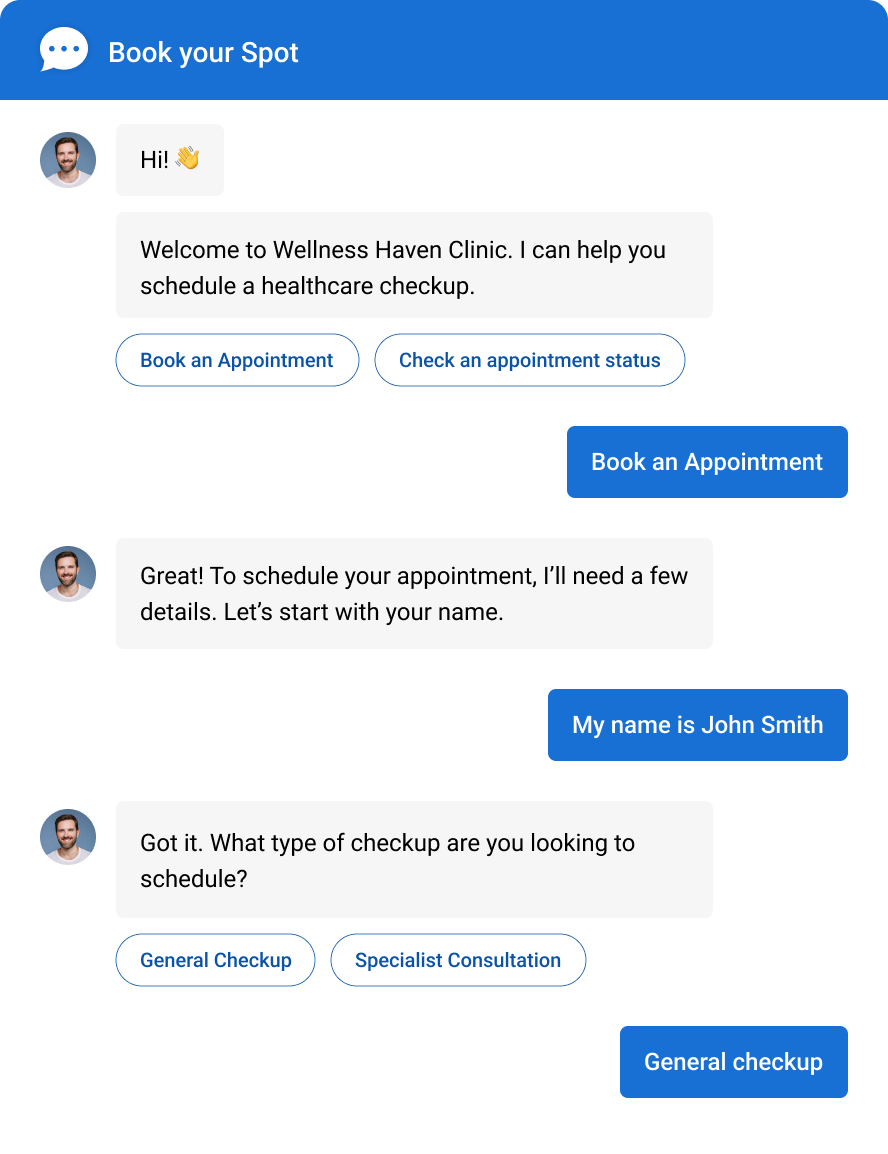
Accurate intent classification allows chatbots to resolve repetitive queries, like password resets, order updates, or appointment bookings, automatically. This minimizes manual intervention and frees up human agents to handle complex issues requiring empathy or judgment.
It also shortens resolution times, making the entire support process more efficient and scalable as the business grows.
4. Enables Data-Driven Insights
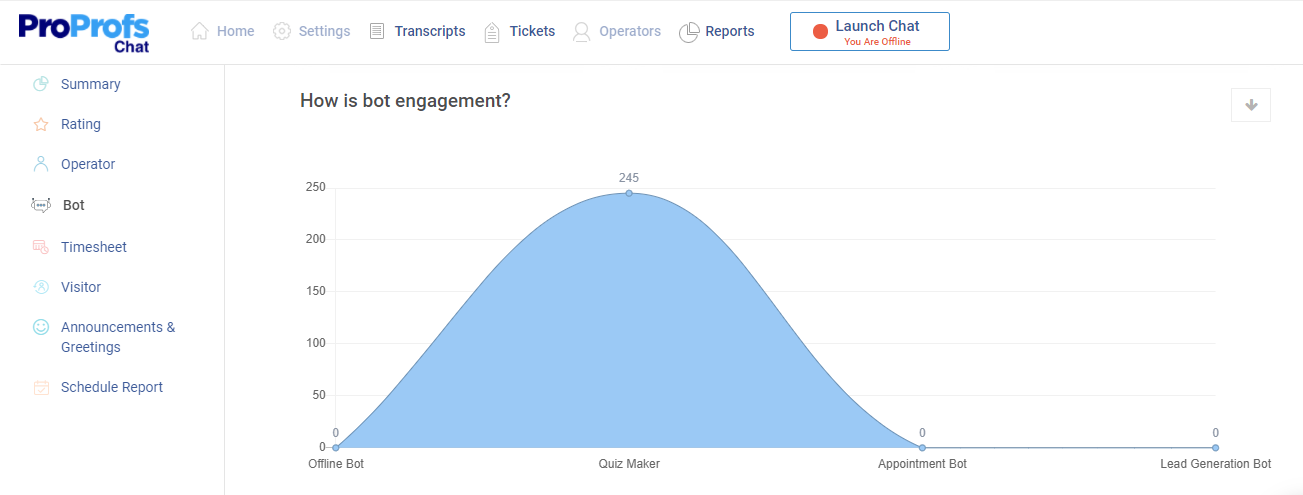
Classifying intents helps businesses organize and analyze chatbot conversations to uncover patterns in user needs. These insights reveal common customer pain points, service bottlenecks, and content gaps.
With this data, teams can improve products, refine FAQs, and train chatbots to perform better over time, creating a cycle of continuous improvement.
5. Boosts Operational Efficiency
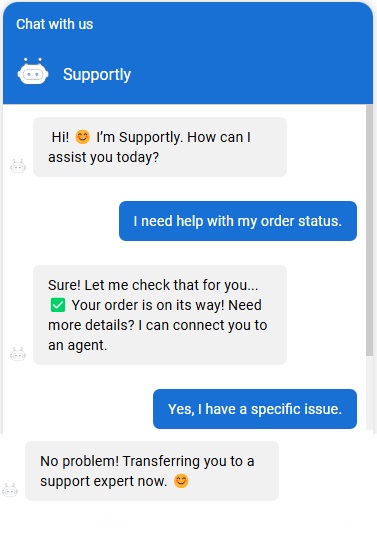
Intent-driven automation allows businesses to route conversations to the right department, prioritize urgent cases, and maintain consistent response quality. This eliminates unnecessary delays and manual triage.
With fewer errors and faster response times, businesses can serve more customers in less time while reducing operational costs and improving service quality.
How Top Industries Leverage Chatbot Intents for Growth
From e-commerce to healthcare, every sector uses tailored intents to handle user queries efficiently, automate workflows, and enhance customer experiences.
The table below highlights chatbot intent examples across different industries, showing how they apply these intents to achieve faster resolutions and stronger engagement.
| Industry | Primary Intent | User Query Example | Chatbot Action/Result |
|---|---|---|---|
| E-commerce & Retail | Order Tracking | "Where is my order?" | Provides a real-time tracking link and status immediately. |
| Banking & Finance | Money Transfer | "Transfer $500 to checking." | Initiates a secure transfer workflow and confirms the transaction. |
| Travel & Hospitality | Booking/Reservation | "Book a room in Paris next month." | Guides the user through the booking funnel and processes the reservation. |
| Healthcare | Appointment Scheduling | "Schedule a follow-up with Dr. Lee." | Checks provider availability and books the appointment. |
| B2B / SaaS | Lead Qualification | "Tell me about your enterprise plan." | Asks qualifying questions and automatically books a demo with a sales rep. |
FREE. All Features. FOREVER!
Try our Forever FREE account with all premium features!
Essential Steps for Successful Chatbot Intent Training
Training chatbot intents is what makes a bot truly conversational and effective. Without it, even advanced AI can misread user queries. Intent training helps the chatbot understand context, detect user goals, and respond accurately. The process involves defining, testing, and refining intents so the chatbot continues to learn and adapt with every interaction.
1. Collect Real User Data
Start by gathering real conversations from sources like emails, chat logs, or support tickets. These examples reveal how users naturally phrase questions and requests. Using authentic data ensures your chatbot learns real-world language patterns instead of generic commands, improving its ability to understand diverse queries and user intent accurately.
2. Define Clear and Specific Intents
Create well-defined intents that serve one clear purpose each, such as Check Order Status or Update Billing Info. Avoid overlapping or overly broad intents that confuse the model. The more distinct your intents are, the easier it becomes for your chatbot to interpret user requests correctly and deliver accurate responses.
3. Create Diverse Training Phrases
Users express the same intent in multiple ways. Include varied examples like “I forgot my password” or “Can’t log in to my account.” Adding diverse phrasing helps the chatbot identify intent through meaning, not keywords, ensuring it handles different tones, sentence structures, and communication styles effectively across all user types.
4. Train and Test the Model
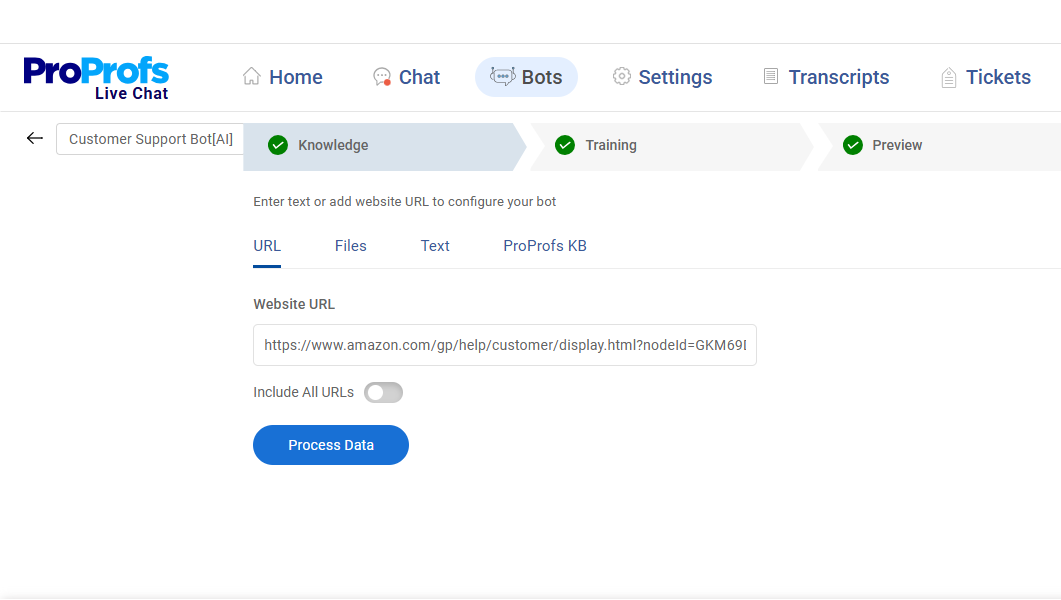
Feed your prepared intents and training phrases into the chatbot’s AI engine. After training, test with unseen user queries to check understanding accuracy. Identify and correct misclassifications or confusion points. Regular testing ensures the model interprets queries consistently and continues to perform well in real-world conversations.
5. Continuously Improve with Feedback
Chatbot intent training isn’t a one-time task. Review conversations regularly, analyze where responses fail, and update training data. Integrate user feedback and monitor changing query patterns. Ongoing improvement helps your chatbot adapt to evolving customer needs and maintain accuracy as your product, services, and user base expand.
Drive Better Engagement With Intent-Focused Chatbots
Chatbot intents form the foundation of every effective conversational experience. They help bots truly understand what users want and respond in ways that feel natural and useful. From handling FAQs to processing complex requests, well-trained intents and entities in chatbot systems work together to turn ordinary bots into powerful customer engagement tools.
To get the best results, keep refining your intents using real user data, test responses regularly, and continuously update your chatbot based on performance insights. The smarter your intent design, the more personalized and efficient your conversations will become.
If you’re looking to build intelligent chatbots without the technical hassle, try ProProfs Chat. It lets you set up AI-powered chatbots that understand customer intent, automate support, and deliver personalized experiences — all while keeping conversations natural and engaging.
FREE. All Features. FOREVER!
Try our Forever FREE account with all premium features!

 We'd love your feedback!
We'd love your feedback!
 Thanks for your feedback!
Thanks for your feedback!


